Given the following schematic and told that \$ \beta = 80 \$ and \$ V_A = 100\$. I'd like to try and design the circuit such that the dc voltages at the base and collector are 0.20V and -3V respectively.
To DC the capacitors will appear as shorts and to aid analysis I thought to redraw the circuit as follows
Here one equation is obtained such that \$I_E = I_b + I_c\$
Due to the independent source here I thought to create a supermesh (shown in red and chosen arbitrarily in that direction) to obtain a second equation. I began to sum the voltages in the loop however ran into the problem that there is a dependent current source in that loop now. I'm currently stuck at this step unsure of how that handle that dependent current source in the super mesh.

